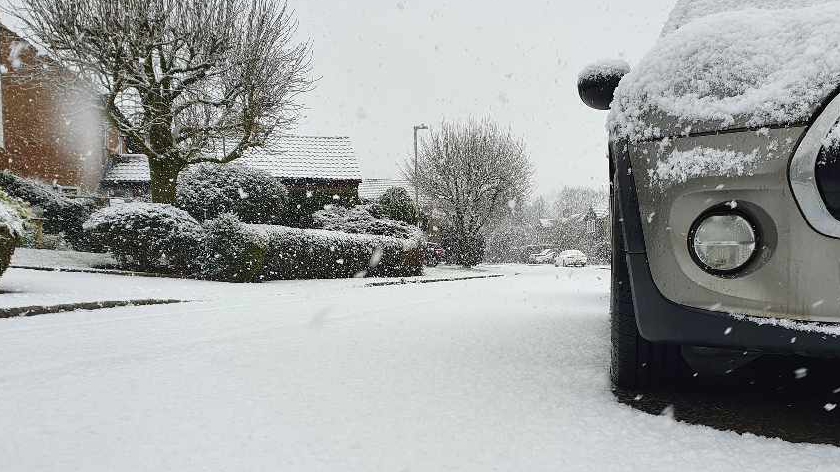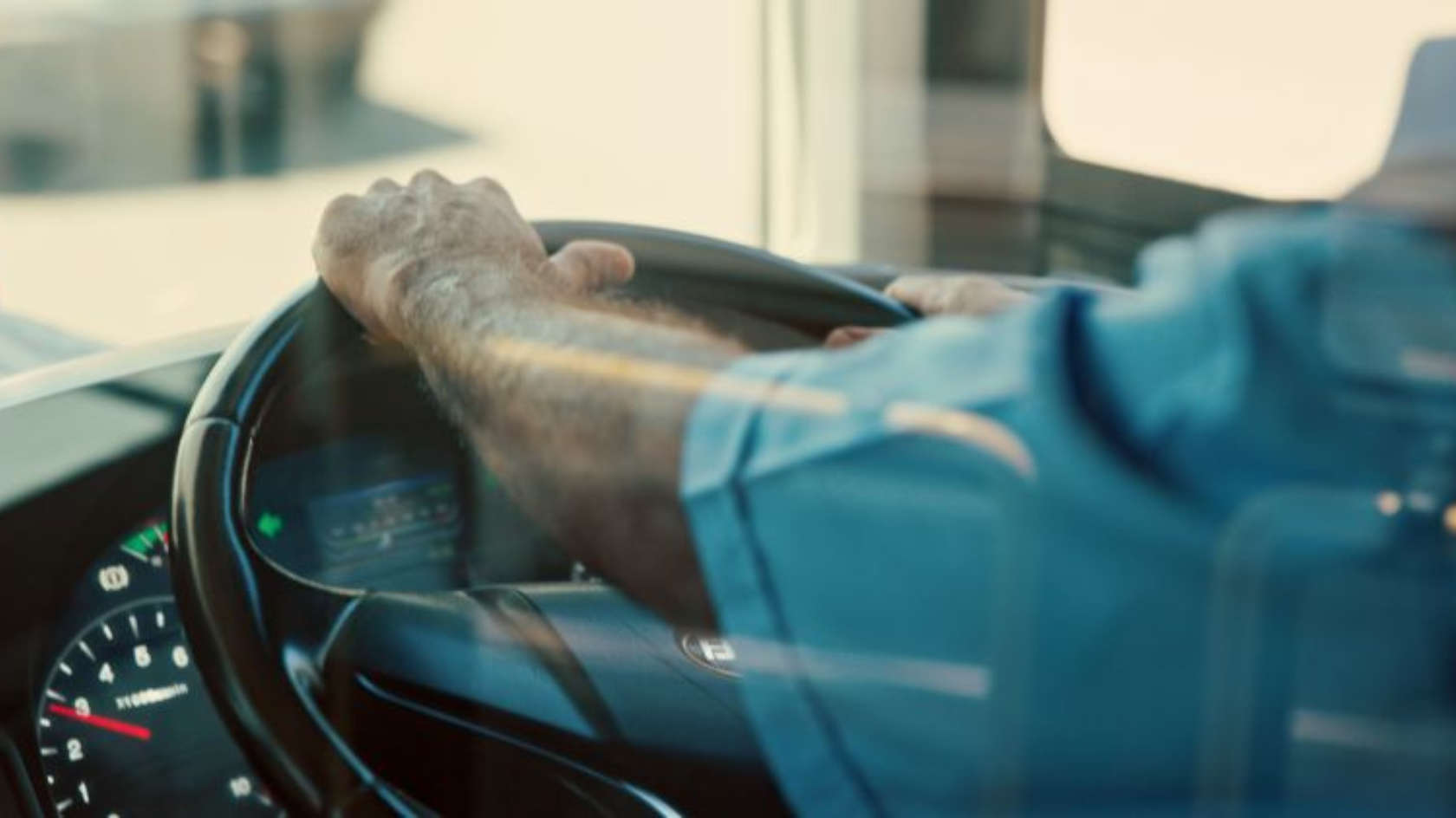
There is a yellow weather warning in place for snow over the next few days, meaning that roads will quickly become icy.
The Met Office says that snow is forecast today (8/2), with there being the possibility that more will fall on Tuesday (9/2) and Wednesday (10/2).
Although the nation is in lockdown, many people will be heading out for essential trips. And snow is said to impact drivers' reaction times by a third (34%), according to a study by comparethemarket.com.
That is why the insurance provider has worked with driving instructor John Parry to offer some tips on how to drive safely in these weather conditions.
How to prepare for your journey:
Plan ahead:
Before you set off, carefully plan your journey. Check the route to see if there any road closures or accidents. You can find this out by listening to local radio or getting updates on local traffic news. Allow yourself more time than usual to travel to your destination and let others know your planned set off and arrival time so they’re aware. If it’s a long journey, plan regular breaks.
Conduct the appropriate checks:
Ensure you’ve cleared snow or ice off your vehicle. This includes the roof, so it doesn’t fall on your windscreen or the car behind you. Also, ensure your tyres have sufficient tread of no less than 1.6mm across the central three-quarters of the tyres and around the outer circumference. However, particularly for snow, ice or wet conditions, it’s best to not let your tyres get below 3mm.
Other checks include making sure your wipers are working and you have spare screen wash. Also, check your oil and coolant levels and whether you have enough fuel. It’s also good to have an emergency kit with food/water, warm clothes/boots, de-icer and a charged mobile phone should you breakdown. The What Three Words app is also recommended as this can help the emergency services locate you if needed.
How to drive carefully on ice:
Gears:
Use second gear to move off, as this will help reduce wheel spin. Consider using winter mode if your vehicle has this - you’ll find the information within your vehicle handbook. If you’re moving off uphill, allow plenty of room ahead for you to maintain a constant speed. If you’re going downhill, use lower gears to avoid having to brake, unless necessary.
Headlights:
Use dipped headlights to help you be seen, but don’t rely on daytime running lights (DRLs) as these don’t always automatically put on the rear lights. If visibility drops below 100m, use your fog lights, but turn them off when visibility improves.
Skidding:
If you encounter a skid, don’t press any pedals. Gently steer into the skid; for example, if the rear of your vehicle is sliding right, steer to the right and don’t let go of the steering wheel.
Distance and speed:
Your stopping distance should increase by up to 10 times. Drive at the correct speed for the conditions you’re in, maintaining a safe stopping distance between you and the vehicle in front. Always keep your speed down and allow more time to stop.
Approaching bends:
When approaching a bend, ease off the accelerator gently and early to avoid harsh braking. Brake gently before the bend, not on the bend, and finish braking before steering.
Look out for microclimates:
Microclimates are areas that the sun hasn’t got to and stay icy when the rest of the road has thawed. Bridges are a good example as they’re normally the first to freeze and the last to thaw. So be aware of this when driving in open spaces.
To conclude, John says: “Another top tip of mine is to clean your car regularly. The salt used to de-ice roads can cause corrosion to your vehicle over time and can damage crucial parts of the motor including the engine, exhaust, and structural bodywork.
“Lastly, one of the most important things to consider when driving during the winter, especially if it has snowed and the road is icy is whether the journey is essential and if you can leave the journey for when conditions have improved.”
So drivers can test their own reaction times, comparethemarket.com created the ‘Driving Weather’ quiz.
To take part and test your reaction times, head over to https://www.comparethemarket.com/car-insurance/content/driving-in-bad-weather/.













